Must-Know Bat Speed Drills to Turn Young Hitters into Heavy Hitters
Bat speed drills focus on increasing the velocity of a player’s bat as it travels through the hitting zone. Bat speed is a critical factor in producing powerful and effective hits, as a faster bat speed generally translates to harder-hit balls and a greater chance of getting on base. Bat speed drills emphasize mechanics, explosiveness, and timing, helping young players develop the strength, coordination, and body control necessary for a high-level swing.
Benefits and Usefulness of Bat Speed Drills
Bat speed drills are invaluable for young players as they lay the foundation for both power and precision. These drills promote muscle memory and fine-tune the swing path, increasing the likelihood of making solid contact with the ball. Unlike general batting practice, which can prioritize contact consistency over power, bat speed drills target the specific mechanics and strength required to generate force, making them essential for players who want to elevate their offensive game.
From a coaching perspective, these drills offer an excellent opportunity to break down the swing into manageable steps, allowing players to focus on power without sacrificing form. Coaches can tailor these drills to specific developmental needs, making them adaptable for players at various skill levels.
Pros and Cons of Bat Speed Drills
Pros:
- Power Development: Increases exit velocity and hitting distance.
- Improved Mechanics: Helps players refine swing mechanics for better form and control.
- Boosted Confidence: Gives players confidence as they see noticeable improvement in their hitting power.
- Transferable Skills: Enhanced bat speed translates into greater success during actual game situations.
Cons:
- Level of Difficulty: Requires a foundational understanding of proper swing mechanics to avoid reinforcing poor habits.
- Physical Demand: Can be physically taxing, especially for younger or less conditioned players.
- Coaching Knowledge: Coaches need a clear understanding of hitting mechanics and body movements to instruct these drills effectively.
Why Run Bat Speed Drills?
As a coach, incorporating bat speed drills is crucial for developing hitters who can make an impact at the plate. Players with improved bat speed are better equipped to handle faster pitches and adjust to various pitch types, ultimately improving their overall hitting proficiency. These drills empower players to generate the kind of power that can change the course of a game, and they build confidence in a player’s ability to produce extra-base hits. By running these drills, you’re teaching athletes not only how to be better hitters but also preparing them to excel against competitive pitching.
Top Bat Speed Drills
- Heavy Bat Swings – Using a weighted bat, players perform controlled swings to develop bat speed and muscle strength. This drill builds core and forearm strength and teaches players to maintain control with a heavier bat.
- Resistance Band Swings – Players attach a resistance band to the end of the bat and practice swinging with added resistance. This drill builds strength and encourages players to engage their entire body, especially their core, during the swing.
- Overload/Underload Training – Players alternate between swinging a heavy bat (overload) and a lighter bat (underload). The heavier bat builds strength, while the lighter bat enhances swing speed. This drill is highly effective for improving explosiveness and bat control.
- One-Handed Swings – By isolating each hand (top hand and bottom hand), players focus on building strength and coordination in their swing. This drill promotes a balanced, powerful swing by emphasizing each hand’s role in the mechanics.
- Launch Angle Drill – Players work on hitting the ball with a specific angle in mind, focusing on upward extension after contact. This drill encourages players to swing with purpose, helping to optimize bat path and speed.
- Medicine Ball Throws – Players simulate the swinging motion by throwing a medicine ball. This builds rotational strength and explosive power, which are essential for generating bat speed.
- Rapid Fire Swings – Players are pitched multiple balls in quick succession, focusing on speed without sacrificing form. This drill improves bat control and trains players to keep their bat speed consistent through multiple swings.
- Hit and Hold Drill – After making contact, players hold the finish position to ensure balance and proper follow-through. This drill is excellent for reinforcing good mechanics and maintaining control as bat speed increases.
- Reverse Swing Drill – By swinging in the opposite direction (for right-handers, this means swinging left-handed), players can work on building balanced muscle strength. This drill promotes symmetry in the swing and prevents overuse of one side of the body.
Bat speed drills play a foundational role in building powerful, consistent hitters, making them an essential component of any coach’s training regimen. Coaches who can effectively teach and incorporate these drills are better equipped to develop players who can make an impact at the plate and adapt to competitive game situations.
Click on the links above to learn more about how to run each drill effectively and how they can be incorporated into your practices to maximize player development.
If you’re looking for more drills check out the links below or sign up for our FREE newsletter to get access to all the latest drills and training tips.
